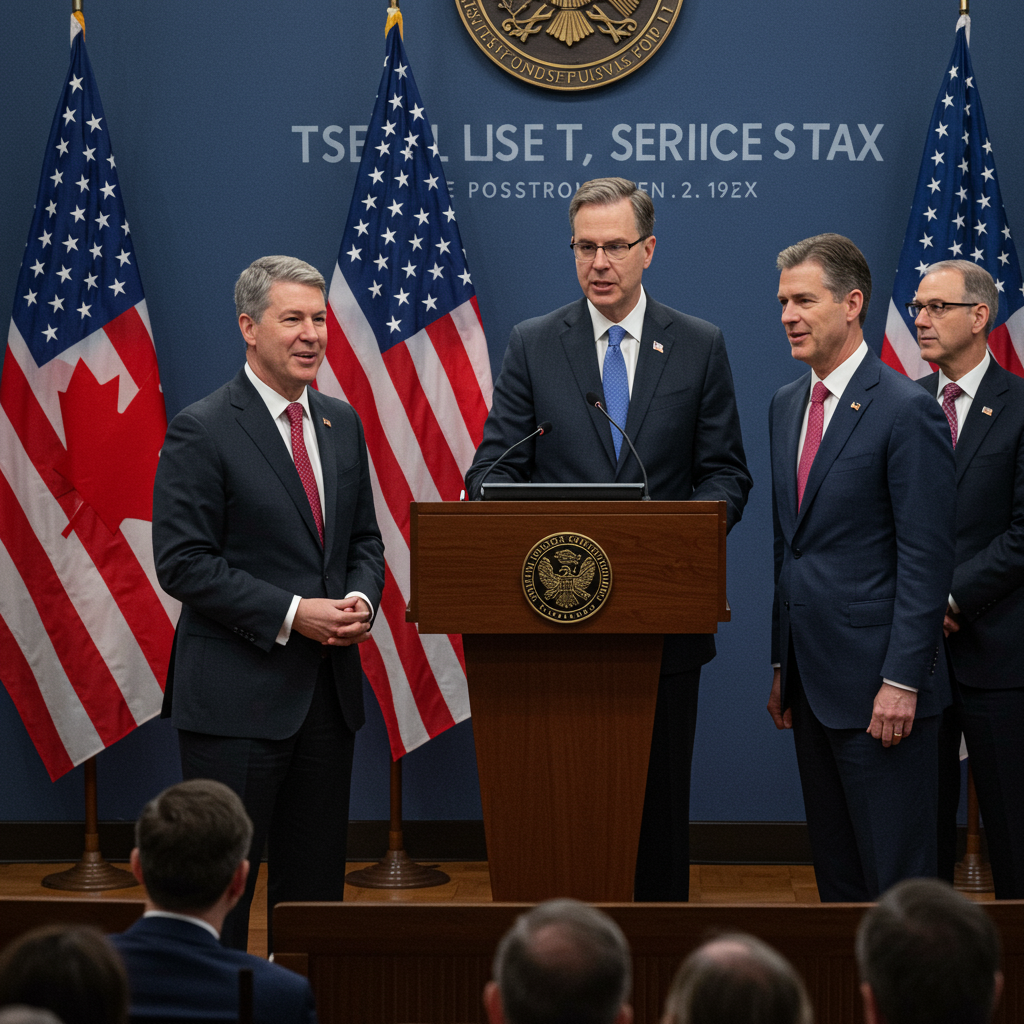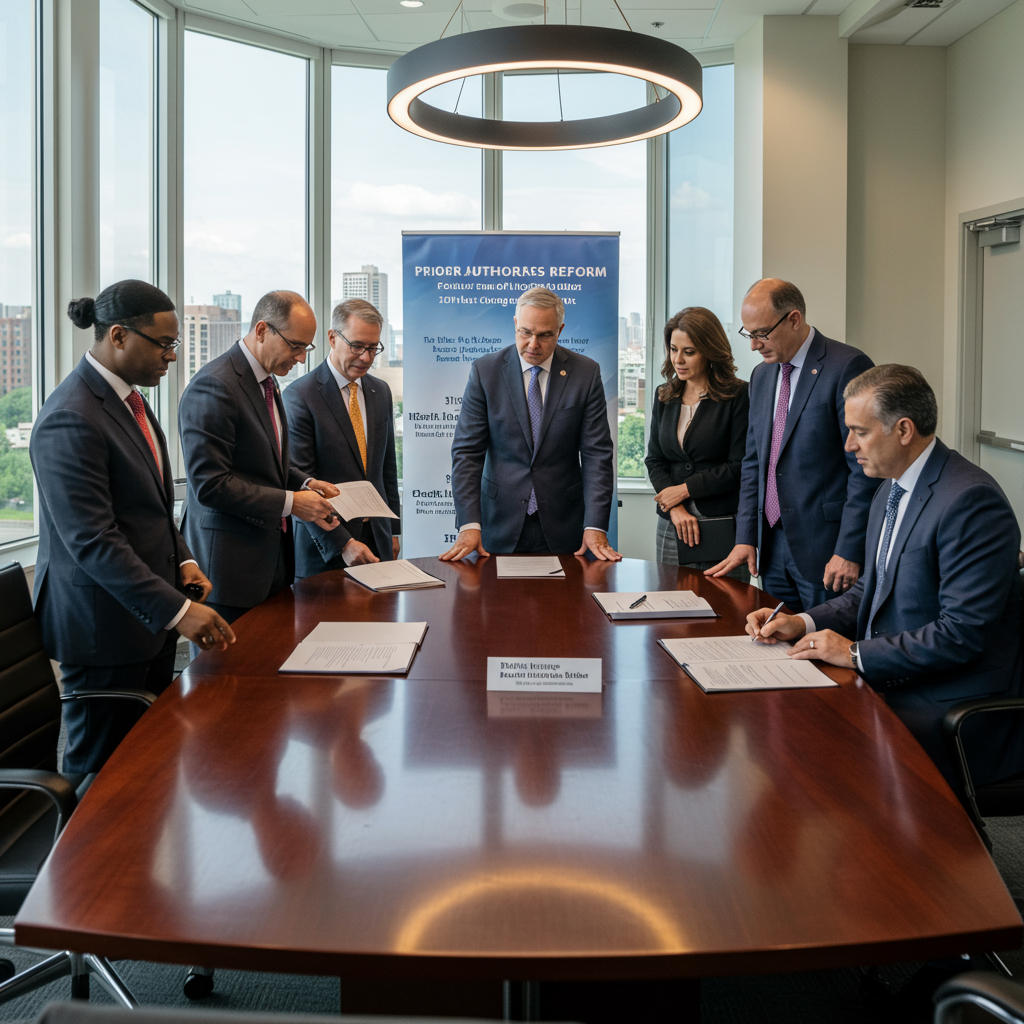The U.S. National Highway Traffic Safety Administration (NHTSA) has contacted Tesla following the recent public debut of the company’s highly anticipated robotaxi service in Austin, Texas. The regulatory body is seeking more information after footage circulated on social media appeared to show the driverless vehicles exhibiting erratic behavior and potentially violating traffic laws during their initial trials.
Tesla CEO Elon Musk has positioned the robotaxi project as central to the automaker’s future. The limited launch, described as “low-key,” involved a small group of invited analysts, influencers, and shareholders taking paid rides on Sunday. While Musk lauded the debut as the “culmination of a decade of hard work” by Tesla’s AI and chip design teams, social media videos quickly surfaced, suggesting the vehicles encountered difficulties navigating real-world urban scenarios.
Allegations of Erratic Behavior
Videos posted online seem to capture several instances of concerning driving. Reports indicate the robotaxis were seen:
Stopping abruptly, including near parked police vehicles.
Exceeding speed limits.
Swerving unexpectedly into the wrong lane.
Potentially driving the wrong way on a one-way street.
It’s noted that a human safety monitor was present in the passenger seat during these initial rides, though their ability to intervene and control the vehicle was reportedly limited, serving primarily for observation.
Regulatory Response and Process
In response to the circulating footage, NHTSA confirmed it was “aware of the referenced incidents” and is “in contact with the manufacturer to gather additional information.” While this contact has drawn significant media attention, it’s worth noting that regulatory bodies like NHTSA often contact autonomous vehicle companies as a routine procedure during the early stages of a new service rollout, similar to how they’ve contacted competitors like Waymo and Zoox in the past.
NHTSA emphasizes that it does not pre-approve new vehicle technologies. Instead, manufacturers are responsible for certifying that their vehicles meet rigorous safety standards. The agency’s role involves monitoring and investigating incidents involving potential safety defects after vehicles are on public roads to ensure compliance with the Vehicle Safety Act.
Tesla’s Unique Approach and the Competition
Tesla’s robotaxi service relies on its “Full Self-Driving” (FSD) Unsupervised system, notably employing a camera-only vision-based approach. This differs from many competitors, such as Google parent Alphabet’s Waymo and Amazon’s Zoox, which typically use a combination of cameras, radar, and LiDAR sensors. Tesla argues its vision-only strategy is ultimately cheaper and more akin to human sight, though critics have raised safety questions about its performance, particularly in complex conditions.
The current limited rollout of just 12 taxis highlights the significant ground Tesla may need to cover to catch up to rivals. Waymo and Zoox already operate self-driving taxi services in multiple cities, including Austin, San Francisco, and Phoenix, and have accumulated millions of miles on public roads, with Waymo recently reporting over 10 million commercial rides completed. Global competitors in China and elsewhere are also expanding their operations.
Early Rider Feedback: A Different Perspective
Despite the regulatory scrutiny and video allegations, some early invited riders have offered a different perspective, reporting overwhelmingly positive experiences. Feedback from these participants described the rides as “smooth” and “comfortable.” Specific positive observations included:
Extremely smooth braking and slowdowns for obstacles like speed bumps.
Excellent awareness of road conditions and pedestrians.
Consistent performance in both daytime and nighttime conditions.
Practical benefits like convenient drop-offs in areas with difficult parking.
These riders often found the experience intuitive and even “surreal,” suggesting the technology, at least under controlled conditions and within the initial geofenced area, performed well from a passenger comfort standpoint.
Business Implications and Future Challenges
The success of the robotaxi fleet is seen by analysts as a potential major new revenue stream for Tesla, a factor some suggest may already be significantly factored into the company’s stock valuation. However, the path to widespread deployment faces complex challenges beyond the technology itself.
The emergence of autonomous vehicles presents new dynamics for industries like insurance, shifting risk assessment from individual drivers to the software and manufacturer. Factors such as high repair costs for advanced vehicles and unresolved questions of legal liability in accidents add layers of complexity. The regulatory landscape in the U.S. remains fragmented, often varying state by state.
Ultimately, the initial debut of Tesla’s robotaxis underscores the ongoing journey toward fully autonomous transportation. While facing immediate regulatory questions and public scrutiny based on reported incidents, the service also shows potential, according to some early users, highlighting the multifaceted challenges and opportunities ahead as autonomous driving technology continues to evolve.


